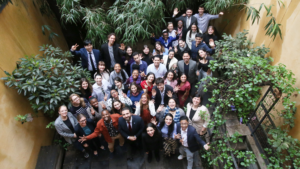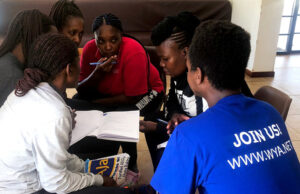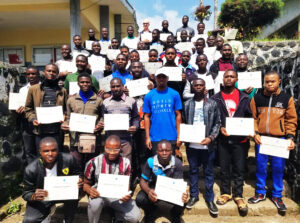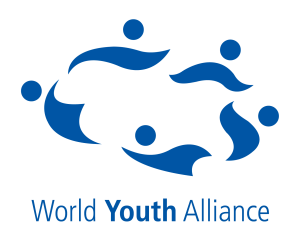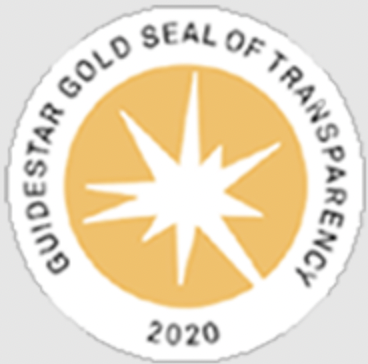This year’s High Level Meeting on Youth, concluding the UN International Year of Youth, will be dedicated to Dialogue and Mutual Understanding. The United Nations has invited a limited number of youth delegates to dialogue on issues they are facing today, so as to foster “mutual understanding,” among youth but also between authorities and youth. The World Youth Alliance and its members also prepared for the meeting and ensured that the voice of the world’s young people would be heard by representatives of Member States and the Secretariat of the U.N. In order to accomplish this, we proposed a series of amendments to the outcome document, and I was in charge of doing the initial analysis and creating an outline of our proposals.
In preparation for this meeting, the UN Secretariat issued a draft outcome document that Member States were invited to amend and develop. This document heavily drew upon the World Programme of Action on Youth (WPAY), drafted and signed by the General Assembly in 1995. But it also refers to other international texts–including the Millennium Development Goals. Draft amendments were proposed, accepted, altered or refused; paragraphs were deleted and moved; new issues were added. All in all, keeping a clear head while following this process and drafting our own amendments and proposals has been challenging.
There are ten priority areas addressed by the international community in the WPAY. These are all reflected in the final outcome document of this week’s High Level Meeting. The title of the document implies that the HLMY is about dialogue and mutual understanding. However, besides a few introductory paragraphs, only Paragraphs 18 and 26 specifically mention the official theme of the conference. The following title would have better mirrored the substance of the draft: “Involving youth with a view to more effective and better focused development.” The current draft combines the MDGs with the WPAY and focuses mostly on development issues: fostering “development,” enabling “youth development” and implementing the Millennium Development Goals. Therefore, the World Youth Alliance has strong hopes that young people from developing countries will be well-represented.
The World Alliance proposed three amendments to the draft outcome. The first emphasized respect for the dignity of the human person as the foundational principle underlying human rights. The second stressed the special vulnerability of young people to the multiple challenges that the world at large faces. The third added a dimension that is too often forgotten: the family plays a very important role of the life of all young people, since it is the first setting in which a youth learns how to dialogue, understand and compromise with the persons closest to him.
Personally, I would have added much more: An emphasis on the best interests of youth, a more pronounced acknowledgment of the role men and boys play in respecting women and fostering gender equality, an encouragement to strengthen policies supporting family unity as a measure to prevent crime, a stated need for policies supporting the integral development of each person in order to bring about “youth development.” I trust, however, that despite the absence of these issues in the final document, representatives of States will keep them in mind by implementing the outcome according to the principle of subsidiarity. In the end, the main challenge of my work on amendments was the likelihood that with so many proposals, none of them would make their way into the next draft. I just had to restrain myself and keep to the most essential ones. I didn’t realize how much reading would have to be done just to analyze a UN outcome document, but I enjoyed every minute and gladly accepted the challenge.
– Bernadette
WYA Member, France
Age 29

